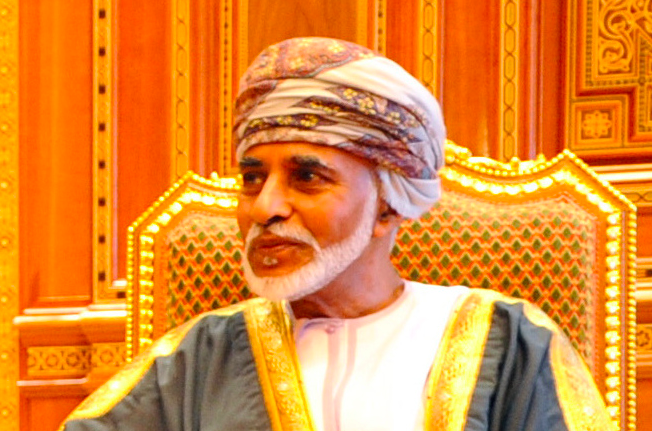
The Sultan of Oman, Qaboos bin Said Al Said, died on Saturday at the age of 79 triggering a succession crisis.
There is no heir apparent in Oman and the Sultan was unmarried.
What happens next sounds as through it should be a reality television concept rather than the process of choosing a new head of state.
Before his death, Sultan Qaboos left a name of his preferred successor in a sealed envelope kept in the royal palace.
For now, this envelope remains unopened with only the deceased Sultan knowing who he had named as heir.
According to the the rules of the sultanate’s succession, the Royal Family Council must now choose a new sultan.
If the council of 50 male members fail to agree on a successor, then the envelope left by Sultan Qaboos will be opened.
Whoever the late Sultan named as his successor will then be enthroned assuming that there is a need for the envelope to be unsealed.
The death of Sultan Qaboos marks the end of an ear, with the Al Bu Saidi family ruling Oman has ruled for 14 generations.
The Sultan, the longest-serving ruler in the Middle East, died early Saturday morning.
He had recently travelled to Belgium for medical treatment but returned to Oman where rumours mounted that he returned home to die in his home country.
He was born on 18 November 1940 in Salalah as the only child of Sultan Said bin Taimur and Sheikh Mazoon al-Mashani.
The Sultan came to the throne on 23 July 1970 after a successful and peaceful coup against his father.
Throughout his reign, he was seen as an intermediary between the West and Iran.
He abolished slavery in his first year as monarch, and the country developed economically under his reign. However, he was an absolute monarch and dissenting voices were silenced and freedom of the press was not practised.

